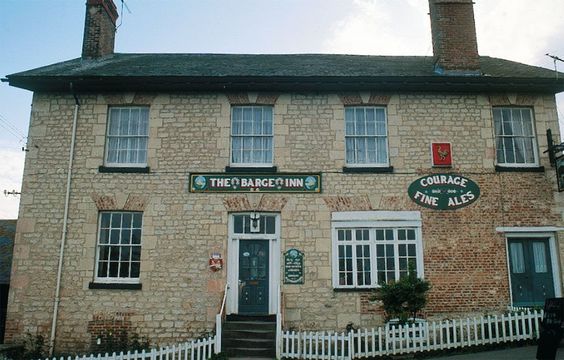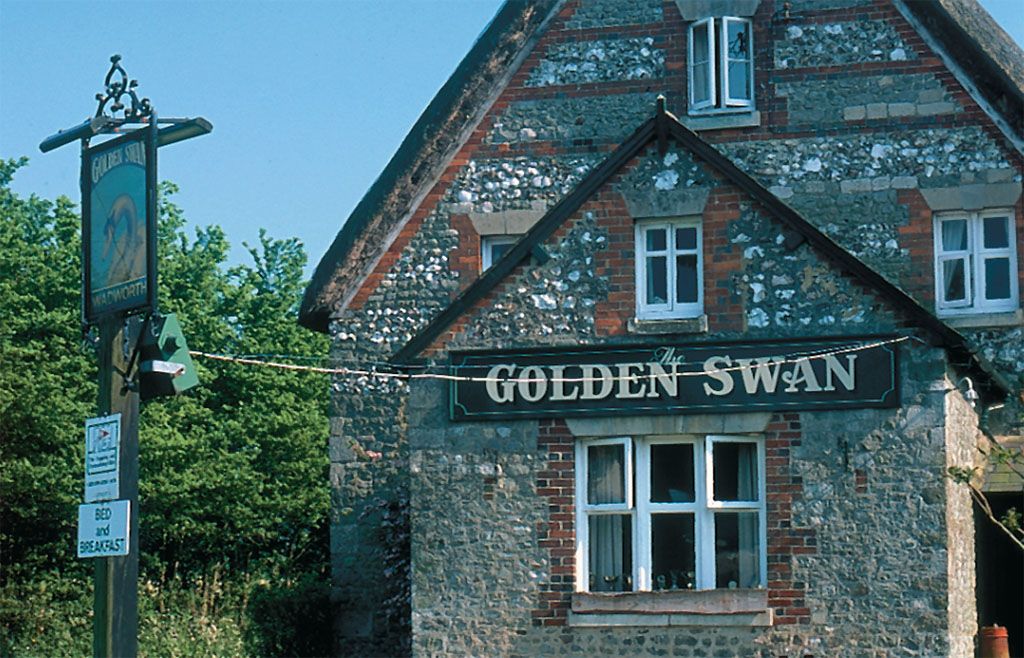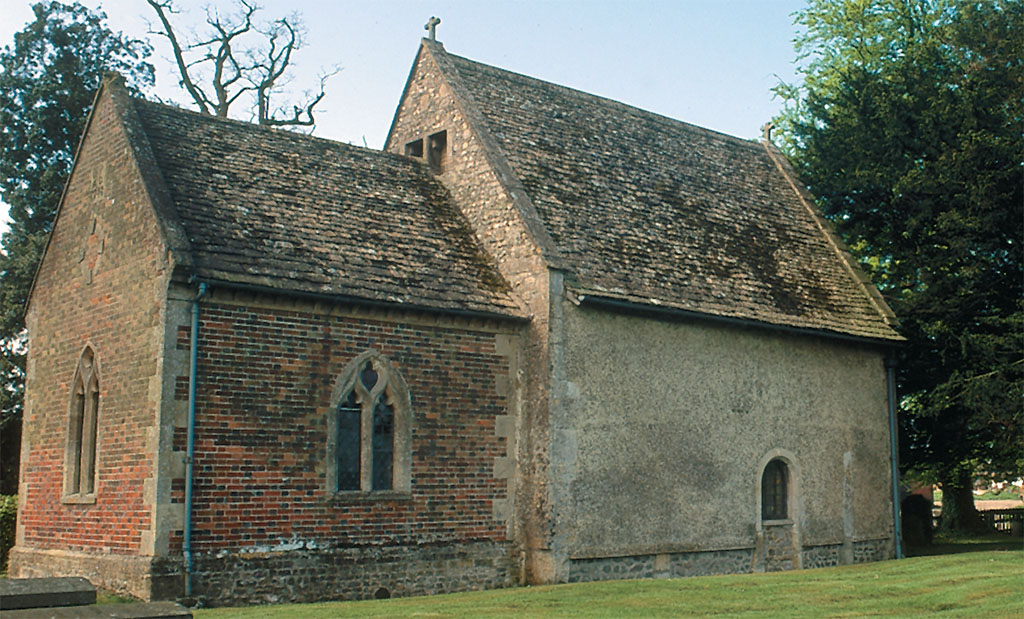
The Vale of Pewsey
Join Jim Hargan as he explores Wiltshire’s Vale of Pewsey.
Editor's note: Originally published in 2018
The Vale of Pewsey epitomizes old English countryside, sweet and golden, a Wiltshire treasure hidden miles away from the main highway. The Vale is an oval valley about 20 miles long and eight wide, flanked north and south by steep-faced chalk downs in rough grass. Its floor is rolling, covered in cropland and dairy farms, with neatly kept villages every few miles. Most villages have a pub, a church and a post office store, and a core of beautiful old cottages, many of them thatched.
Read more
This quaint and comfortable landscape, however, is only half of the story. To the north and south, the steep slopes of the Wiltshire Chalk jump upward to empty, wind-blasted expanses. Empty of people, these chalklands are covered with some of the largest and finest prehistoric relics in Europe—the Marlborough Downs of Avebury on the north, and the Salisbury Plains of Stonehenge to the south. Hillforts, Neolithic camps and barrows are closely packed along the scarp edges 300 to 400 feet above the Vale.
The Wansdyke, a massive fortification from the Age of Arthur, runs as a bank-and-ditch more than 12 feet high and 9 miles long, just behind the north scarp. The Ridgeway, said to be the oldest road in the world, runs at right angles to it; now a farm track and foot path, it was blazed as a Neolithic trade route 6,000 years ago.

As we explored Pewsey Vale we wondered, why is this place so little known? We quickly settled on a reason: the lanes are too narrow. Large tour buses won’t fit on most of them, and on many two cars can’t pass without one backing up and pulling into a gate. Although the locals zoomed along these paved farm tracks as if they were real roads, we poor Americans felt distinctly threatened by any oncoming traffic wider than a bicycle (even though we were driving a Panda, which is as small as it sounds). We quickly came up with a perfect solution to the terrors of narrow English lanes; don’t drive.
Indeed we hardly needed the Panda, with a half-dozen villages and pubs within a 5-mile walking distance. Avebury, a Neolithic stone circle so large that it encircles an entire village, did tempt us to drive 8 miles to the north, while Stonehenge lured us an entire 16 miles south. Otherwise, the Vale of Pewsey gave us plenty to do without having to drive such outrageous distances.
For us, walking rather than driving set the perfect pace. Our village church, built in the 1300s, sat across a buttercup-covered meadow from our front lawn. Across the meadow, a public foot path led a few hundred feet across a clear, spring-fed brook—the headwaters of the River Avon. Just beyond this, the path passed a second church, this one built a millennium ago by the Saxons. A couple of hundred yards farther it reached the Kennet and Avon Canal’s Long Pool, an engineering marvel of two centuries ago, now restored to use and filled with colorful narrowboats.
Here we found our closest pub, the 1824 Barge Inn (“internationally renowned headquarters for crop circle enthusiasts,” boasts its web site), at the 18th-century canal dock at Honeystreet. In front, a swan glided up and down, making it clear that it was his canal and we were to stay where we belonged. When a canal boat passed with a cat dozing on its stern, the swan harassed the boat and its cat until both receded from sight.

JIM HARGAN
The Pewsey Vale landscape is densely packed with every sort of historic and scenic site from 6,000 years of civilized settlement, each generation adding its bit. Stone Age farmers left their tombs and camps along the crests, and Celtic tribesmen and Dark Age warlords supplemented these with their own structures. Saxon eorls erected churches still in use today, then medieval monasteries added more churches. Tudor and Renaissance villagers built prosperous houses and coaching inns, and 18th-century engineers brought progress to the Vale by building a canal.
How do you find a pearl like the Vale of Pewsey? In our case, we simply took a blind chance on an empty spot on the map. After all, if you are deep in the British countryside, you are in a place of extraordinary beauty and variety. Britain has a thick landscape, dense with history, so there is no need to run about. Instead, walk down to the nearest pub, have the publican pull you a pint of the best, and start your appreciation of an ancient, living landscape.





Comments